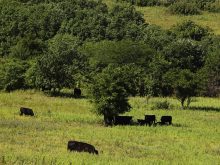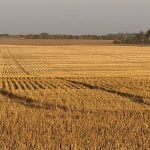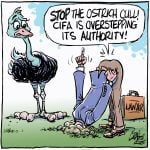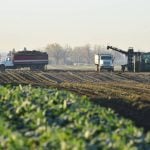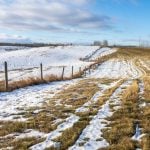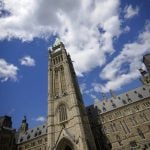Leverage can provide a measure of risk on your farm. But make sure to consider the value of off-farm investments
When we work with clients, we almost always start by preparing a detailed balance sheet where we establish a fair market value of assets owned and the liabilities owed against them.
This winter we met with three brothers that immigrated to Canada many years ago, Bu, Chu, and Fu. All three started farming and met with us to more clearly understand what their farm financial numbers. We talked in great lengths about liquidity and debt service, but had the most interesting conversation about leverage.
All three brothers had purchased Western Canadian grain farms independently and wanted to better understand their respective risk. Information from their balance sheets is shown in the table.
Read Also
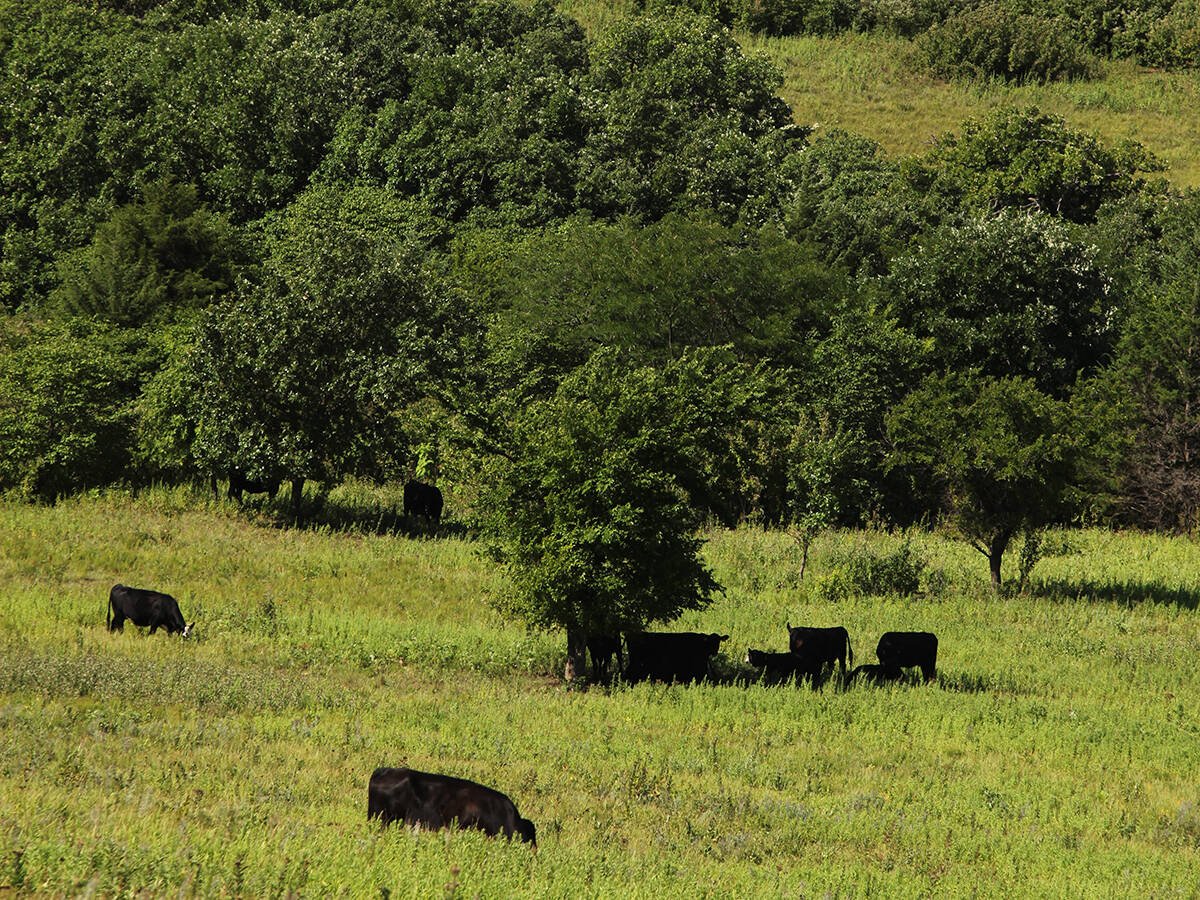
Beef cattle more prone to trace mineral deficiencies
The trace mineral status of our cows and calves is a significant challenge for western Canadian producers and veterinarians.
At first glance, it appears that Fu and Chu are carrying significantly more risk in their businesses given that they are only 59 per cent equity as compared to Bu at 76 per cent. This is because Chu and Fu’s creditors have a greater proportion of funds invested in their assets than Bu, and the rest of the industry. This more leveraged position is viewed as carrying more risk, because if there is a period of operating losses on the farm, there is less room for Chu and Fu to restore liquidity by terming out shorter term debt. They may not be able to term out this debt and as such, their business may not survive if cash flow is jeopardized or high interest bearing payables are used.
Upon closer examination, we see that Fu has $100,000 in a Tax Free Savings Account, $100,000 in RESP’s, $100,000 in RRSP’s, and $100,000 in AgriInvest. Neither Bu nor Chu have any of these investments. If Fu were to liquidate these investments in a manner that doesn’t result in significant income tax, this $400,000 could be used to reduce his debt. His resulting leverage would then be 0.43 and Equity Ratio would be 70 per cent.
The moral of the story? If you have significant off-farm investment, don’t discount the value of those investments, and their ability to mitigate against leverage risk.
We are often benchmarked against the industry by ourselves and our creditors but the industry doesn’t, on average, have large off-farm investments. †


